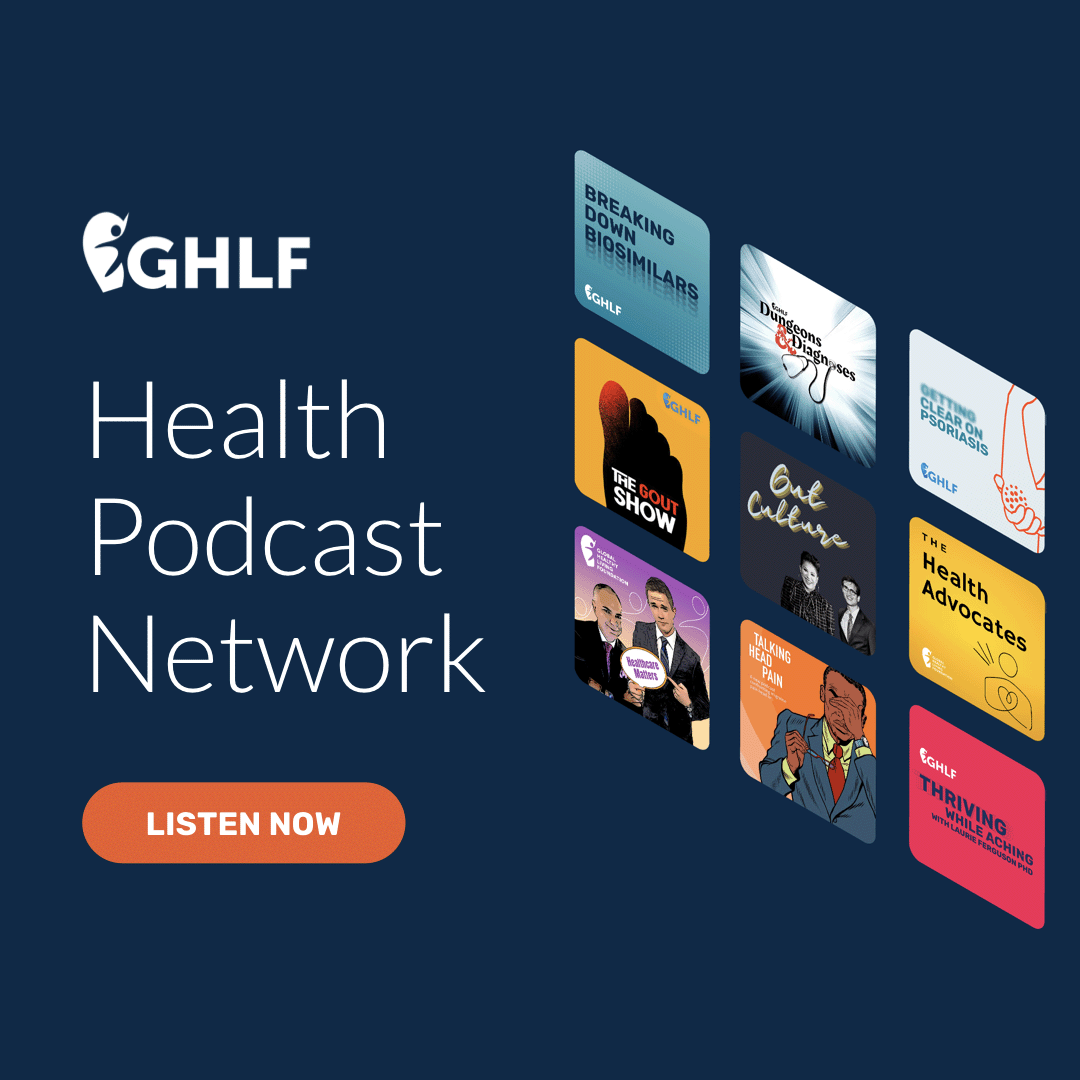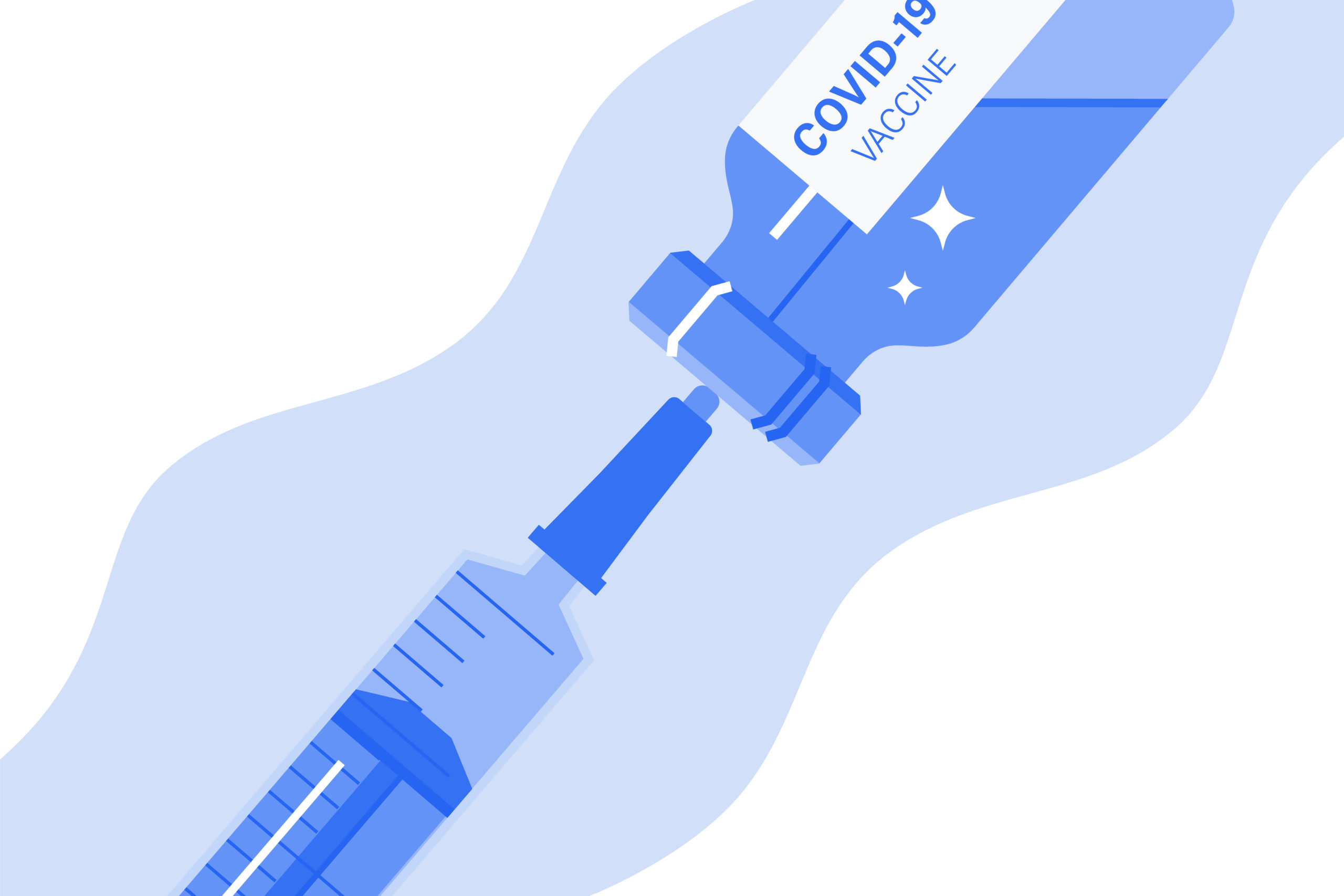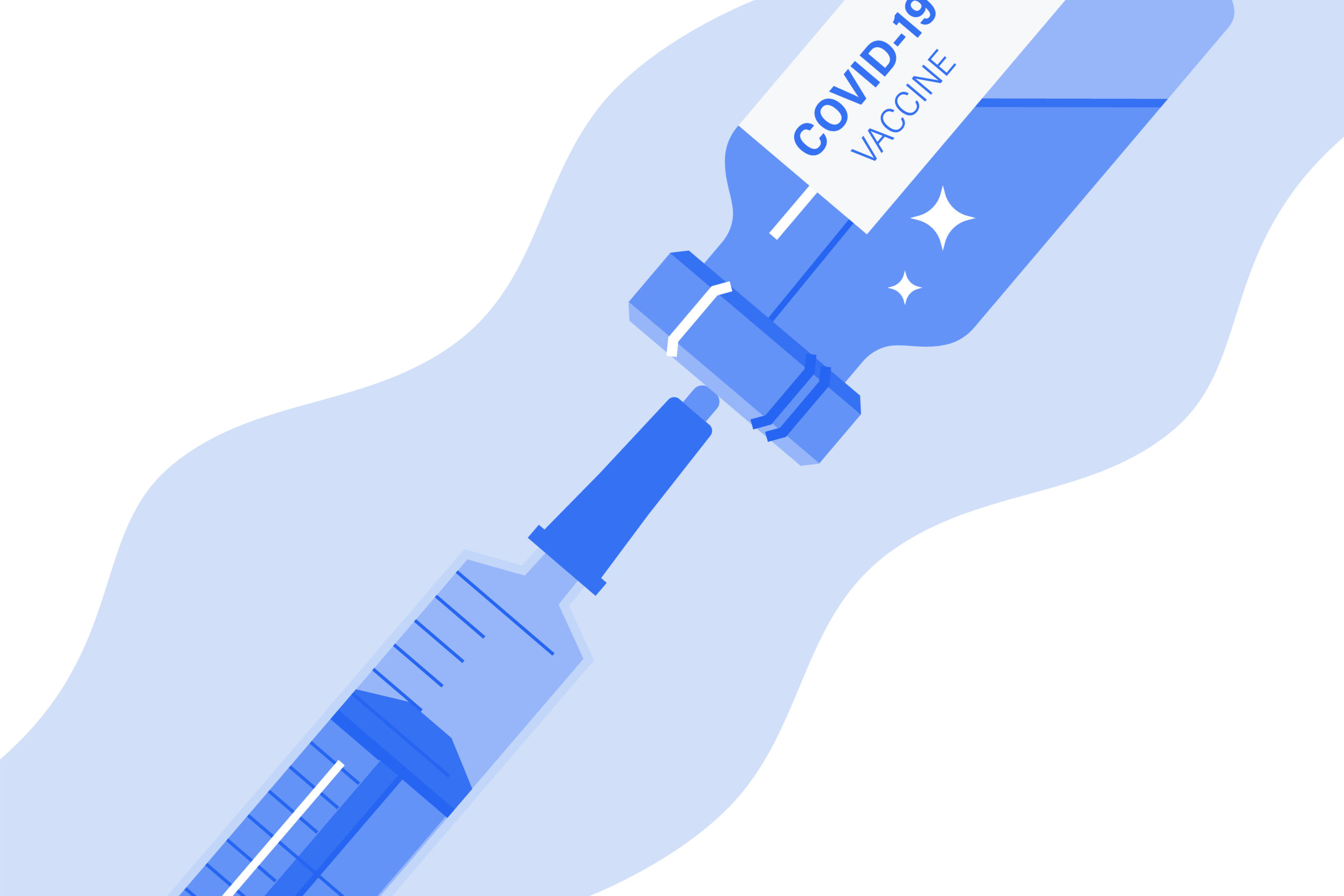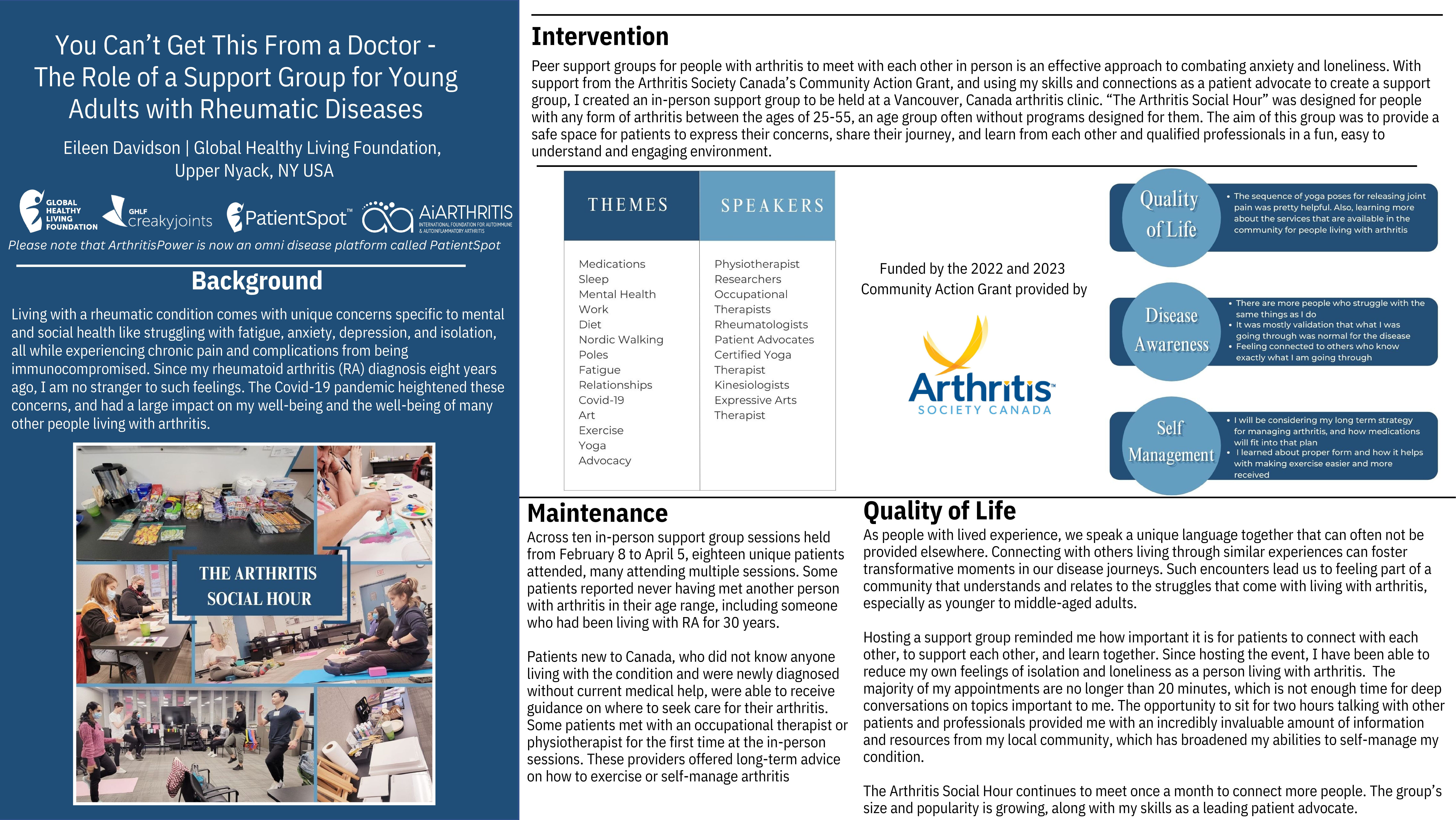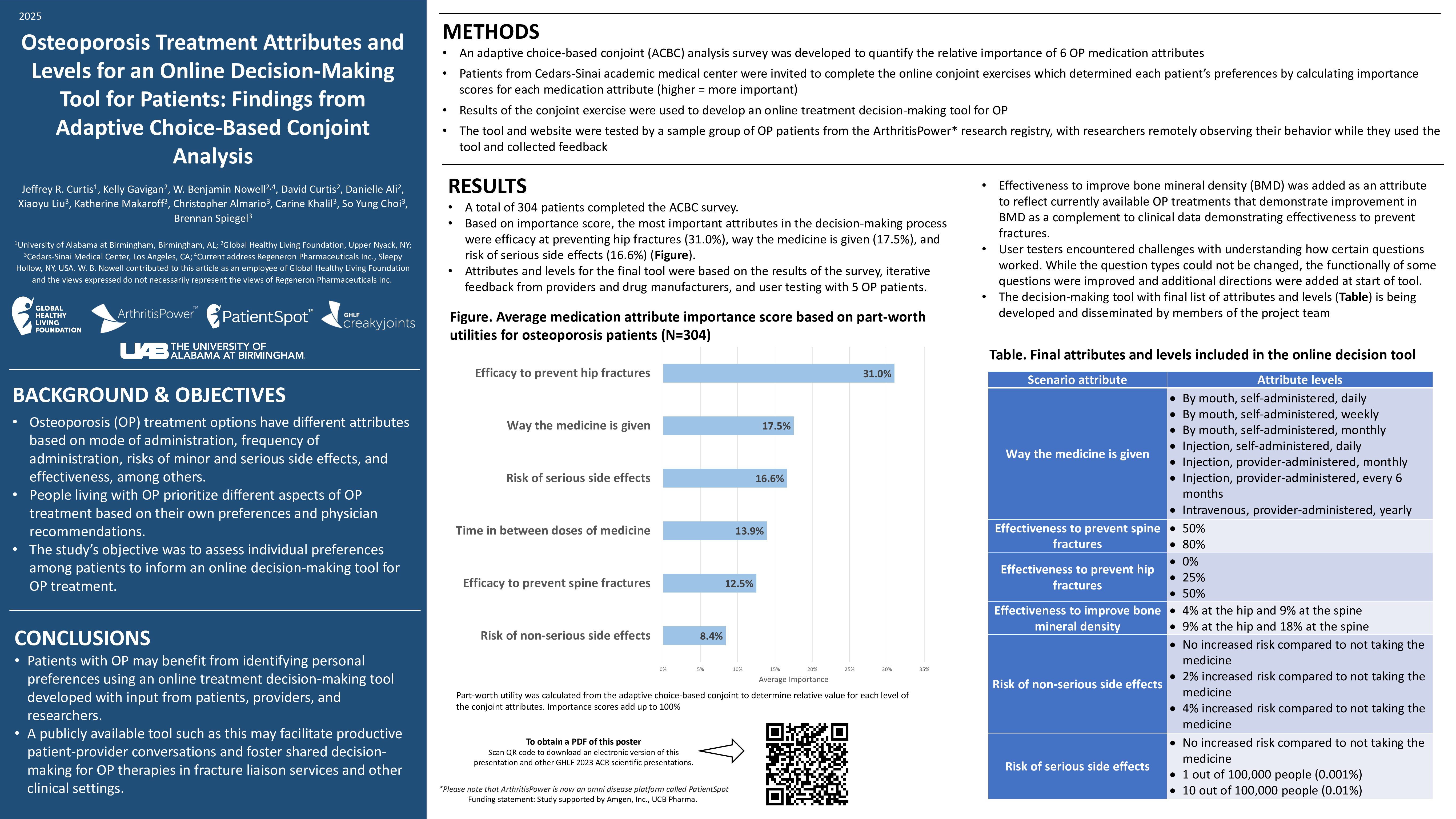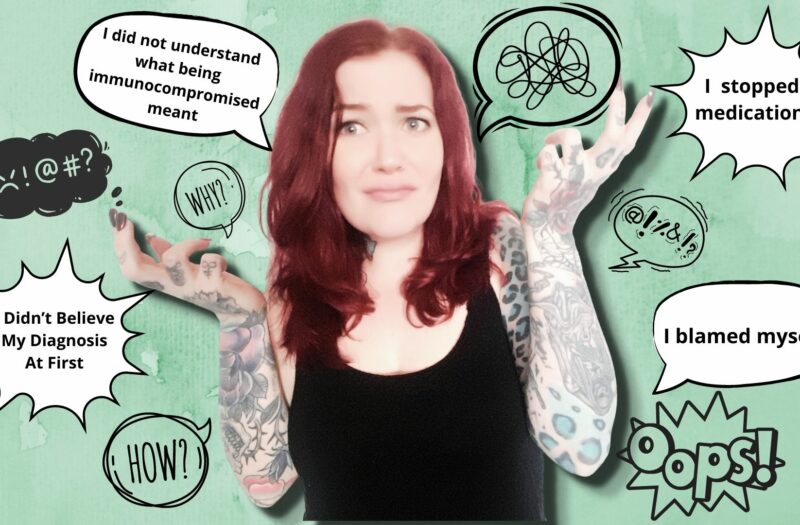
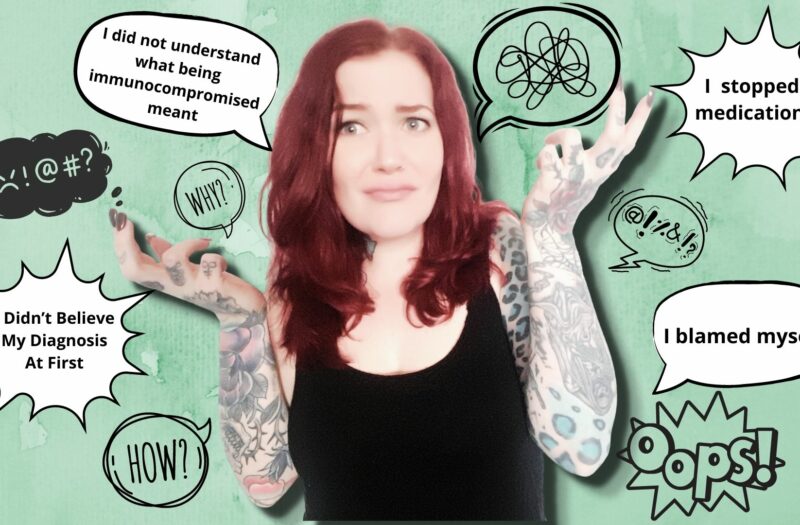
When I was diagnosed with rheumatoid arthritis in 2015, my world was opened to what an autoimmune disease was. I struggled with the fact of having arthritis before gray hairs and wrinkles — and before my 30th birthday. But there I was, 29 years old and my world turned upside down after I was told, “You have rheumatoid arthritis.”
No doubt that after my diagnosis I fell into a deep pit of despair that was incredibly hard to come out of. Not only was I just diagnosed with this painful debilitating disease but my aunt, who also lived with RA 40 years prior to me, passed away the same week of my diagnosis. I saw how RA ravished her body and what it did to her life. I thought this was to be my fate. I was terrified.
It was not though.
Now, seven years into my diagnosis I can look back and realize where I made some mistakes or was wrong in the beginning years of my diagnosis. I still may be making mistakes; I just haven’t figured them out yet. I am nowhere near perfect. I am only human after all.
My Top Beginner Mistakes
Here are a few mistakes that I made — and that hopefully you can relate to or learn from too. Remember, you are only human and making mistakes is part of life and living with chronic illness.
1. I let the warning signs simmer for far too long
I would say the first mistake I made was letting my symptoms simmer before advocating for myself to get a proper exam. For years I thought my pain was carpal tunnel because doctors made the assumption. I blamed myself for this pain because of my job and the many hours of computer use. I blamed how I felt on my diet and lack of exercise too. Obviously, that was a culprit in how I was feeling but when I tried to exercise like my peers it would hurt.
I didn’t know what was wrong with me, or how to explain what I was experiencing, so I let my symptoms simmer until they were too hard to ignore.
2. I didn’t pace myself
Learning how to pace myself with RA helped me navigate daily life with this pesky disease. Before I would try to push myself through the pain not allowing myself to rest — and then feel guilty for needing to rest. It took a while, and I am still learning how to pace myself with rheumatoid arthritis.
3. I relied only on my rheumatologist at first
In the beginning, I made the mistake of expecting my rheumatologist to have all the answers, to give me immediate relief, and have the ability to read my mind. Truth is, RA takes a team to treat and no one on your team will have all the answers. They also can’t read your mind like they read your labs, so if you are struggling it’s okay to say so.
I didn’t start doing well with RA until I also relied on a physiotherapist, occupational therapist, clinical social worker, and most importantly, on myself.
4. I fell victim to the misconceptions about arthritis, so I didn’t believe my diagnosis at first
At first, I did not believe I had arthritis. The symptoms and the assumptions I had all along of what arthritis was didn’t match up. Why did I feel like I had the flu? Why do I keep catching colds that take me weeks or months to pass off? What is going on with my memory, and why am I so damn foggy? Why is my mental health so bad?
That’s not arthritis, arthritis is just joint pain, right? Not this scary autoimmune disease. I actually had my rheumatologist test me for so many other diseases because I couldn’t wrap my head around what RA was at first.
5. I spent hours catastrophizing the worse-case scenarios and lost hope
The death of my aunt the first week of my diagnosis obviously influenced how I thought my disease would impact my life. She was diagnosed before the time of biologics and the standard medications they had at the time of her diagnosis didn’t work for her, so she had curled fingers, surgical joint replacements, comorbidities, and was wheelchair bound for the 29 years I knew her. I never saw her walk more than a few steps, and that was with help.
When I googled my disease I would focus on the severity of the disease, when I joined groups I saw others talking about how medications and their doctors failed them. I assumed all of this would happen to me.
I did not know yet that every case of arthritis is different. Someone else’s outcome is not my outcome. There are new emerging treatments coming out all the time and I can be a part of that change by participating in research or taking part in fundraising events.
6. I stopped medications for six months because I was afraid of them
For about six months after the first half dozen failed medications, I completely stopped my RA medication and basically lived in denial that I was sick. Leaving my disease uncontrolled like that wasn’t the best idea.
You see RA is best treated early if you want to have a better outcome. I did it because I was scared of the medications and their side effects, and I wasn’t ready to accept I was sick. Eventually I started to look at “Dr. Google” and see what happens when my disease is left untreated, then I booked an appointment to see my rheumatologist again immediately.
I half expected her to be upset and shame me but instead she told me that most of her patients do the same thing I did. Hearing that made me feel so less alone and eliminated a lot of the guilt I felt from giving up on my medications.
7. I listened to the wrong people and expected others to understand my disease
There is no doubt that living with a chronic illness comes with a lot of unsolicited advice and opinions. If you even mention arthritis to someone they will be quite quick to suggest turmeric, a vegan diet, or yoga. Some people will even suggest dangerous out-there suggestions that have no clinical background.
I felt so overwhelmed at first with the advice others were throwing at me, from which one to try first and where to get these things to how could I even afford them.
Unless they are a doctor specializing in my condition, or someone who’s lived with it a long time, I don’t really let others give me advice on my health anymore.
8. I was afraid of exercise
I thought rest was my best option and exercise would only make me feel worse. I was too tired. How could I exercise and still manage all I need to do in a day; won’t exercise make it worse? I’m in so much pain, exercise is only going to make my pain considerably distressing.
I was wrong. I did not know how to exercise or yet know that motion is lotion when it comes to living with arthritis. With the help of a physiotherapist and participating in research with Arthritis Research Canada, I was given the knowledge, tools, and motivation to exercise comfortably with rheumatoid arthritis.
Now exercise is one of the main self-care management tools I use to combat this debilitating disease. In fact, I strongly believe that regular exercise is as powerful as my medications.
9. I spent a lot of money on products and treatments that don’t work
Just about anyone living with chronic pain can tell you they’ve spent hundreds to thousands on a multitude of things to alleviate or cure our disease, especially at the beginning when we feel desperate for some relief. Many times we have fallen victim to a snake oil salesman as I call them, someone offering us a bogus cure or treatment with no scientific evidence backing it up.
10. I did not educate myself on what being immunocompromised meant
The first time I got sick on a biologic was a definite learning experience. At first I did not realize how serious a simple flu could turn for someone like me. I also didn’t realize that the simple flu or a cold would take me a lot longer to pass off. In the early years of my diagnosis, the mistake I made was not knowing how to shield myself from the germs that can harm me.
11. I let it affect my well-being — I thought it was all in my head
I felt so alone in how I felt during my diagnosis period and after because I hadn’t reached out to anyone else who was going through the same thing as me. I blamed myself for my diagnosis, I picked away at every bad habit I had, and felt like I deserved to be sick. I did it to myself. I was embarrassed and hid away in shame from others because I thought they wouldn’t understand or would see me as a burden.
12. I did not know how to advocate for myself
I made many mistakes at the beginning but the main one that I could change over time was to learn to advocate for myself. I didn’t know how to say no to others, I didn’t want to be a burden, or be forgotten about by my friends. I didn’t want to be a burden in the medical system. These are all lies my brain told me and I made the mistake of believing them. I can advocate for myself and doing so does not make me a difficult patient.
My Advice to Those Who Feel Like They Are Making Mistakes Too
If you have made similar mistakes as me, again remind yourself that you are only human. Learning to adapt to chronic illness is a bumpy journey, full of sinkholes and other dangers. The most powerful thing you can do toward better health is to educate yourself on your condition. Don’t expect to learn it all over night, give it time. Always remember what works for one may not work for another. Learn to grow, adapt, and advocate for yourself.
To avoid mistakes my advice is:
- Read, and read some more. If you are here on CreakyJoints, you are off to a great start.
- Attend every webinar or class you can find on arthritis care, especially those put on by The Arthritis Society or The Arthritis Foundation.
- Find reliable and credible resources like CreakyJoints, Healthline, or EverydayHealth.
- Consider participating in research or follow research institutes like The American College of Rheumatology or Arthritis Research Canada.
- See a variety of health care professionals like an occupational therapist, physiotherapist, clinical social worker, and/or registered dietitian.
- Don’t be afraid to ask questions.
- Consider Cheryl Crow from The Arthritis Life introduction class to Rheumatoid Arthritis.
- Join a support group like Women With Rheumatoid Disease or Rheumatoid Arthritis Group.
Want to Get More Involved with Patient Advocacy?
The 50-State Network is the grassroots advocacy arm of CreakyJoints and the Global Healthy Living Foundation, comprised of patients with chronic illness who are trained as health care activists to proactively connect with local, state, and federal health policy stakeholders to share their perspective and influence change. If you want to effect change and make health care more affordable and accessible to patients with chronic illness, learn more here.


